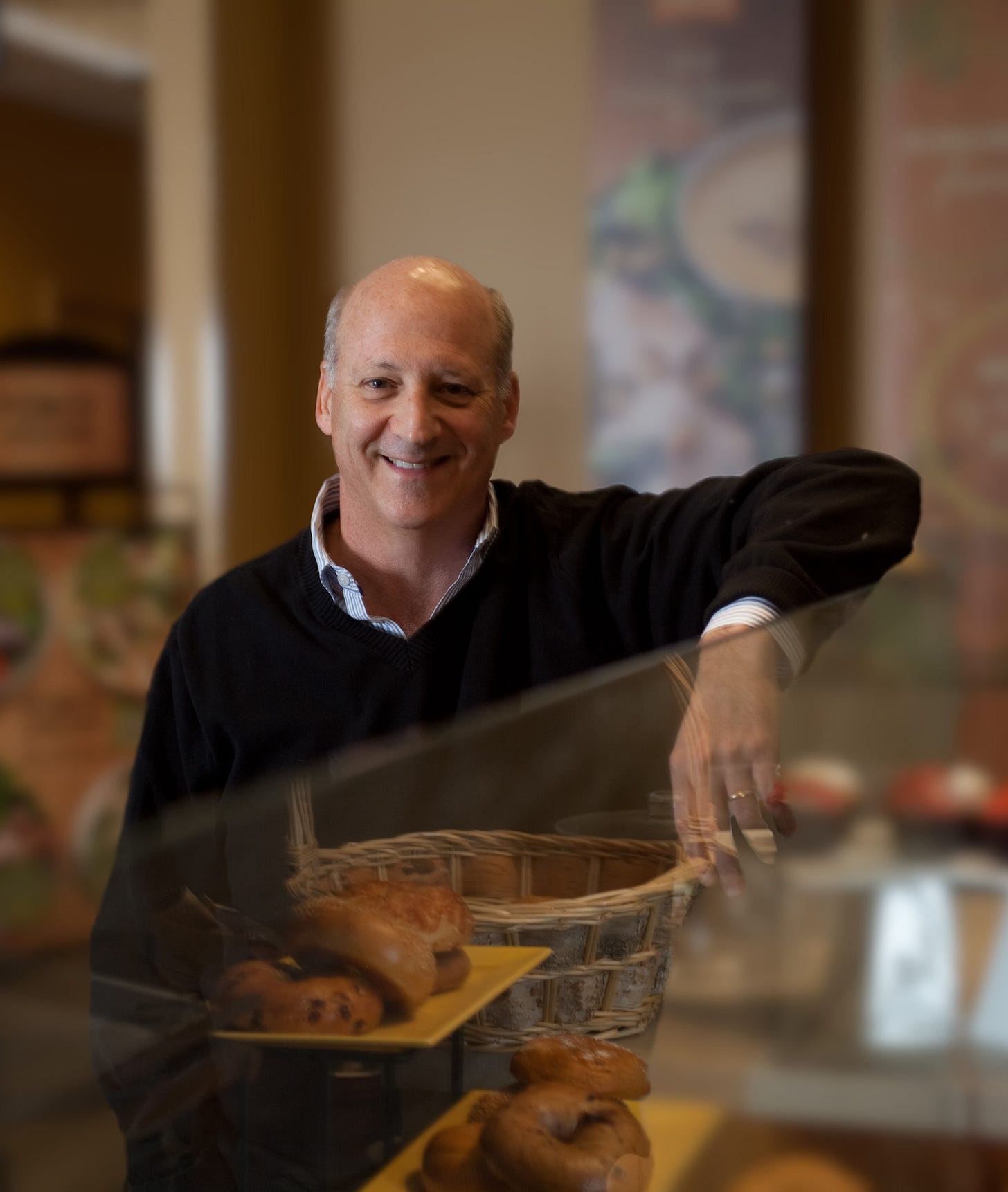The Secret to a Life You Won’t Regret: Start Your PREmortem Today!
A Billionaire’s Secret to Planning a Fulfilling Life

If you live to age 90, you have:
3,120 weeks left to live if you’re 30.
2,600 weeks left to live if you’re 40.
2,080 weeks left to live if you’re 50.
1,150 weeks left to live if you’re 60.
1,040 weeks left to live if you’re 70.
520 weeks left to live if you’re 80.
0 weeks left if you’re 90 (based on this assumption).
So, for goodness’ sake, don’t wait until you’re on your deathbed to do a postmortem on your life.
Starting right now, do a PREmortem.
It will save your life (from being less than it can and should be).
Don’t die with a life unlived and unfulfilled
So many people die with regret for the life they led or didn’t lead.
Many surveys prove this, none better than those in Bronnie Ware’s book The Top Five Regrets of the Dying: A Life Transformed by the Dearly Departing.
I wish I’d had the courage to live a life true to myself, not the life others expected of me.
I wish I hadn’t worked so hard.
I wish I’d had the courage to express my feelings.
I wish I had stayed in touch with my friends.
I wish I had let myself be happier.
Dying with these kinds of regrets scares the hell out of me.
To reach the end and know I blew it…oh no, I can’t let that happen.
I have allowed this to scare me into action.
I have envisioned myself lying on a bed, staring at the ceiling and fading out from life with that regret.
Then I envisioned lying on a bed, staring at the ceiling, and fading out from life with satisfaction and pride.
It gave me the spark, the motivation and the determination to make the weeks I have left right for me.
I’m not waiting for my deathbed postmortem.
I’m doing my premortem right now while I still have time.
This drove me to transform my life into something truly right for me in all areas.
And I’m not the only one for whom this has worked.
Thinking from the end…literally
Ron Shaich is one of those billionaires you’ve probably never heard of.
But odds are you’ve eaten at one of his creations such as Au Bon Pain, Panera Bread and now Cava.
Every year on his December 30th birthday, he sits down and works on his premortem.
He envisions himself on his deathbed, old and feeble and envisions how he will feel about himself and his life.
He then considers what he needs to do to ensure that, in that final moment, he has the feelings about his life and himself that he wants.
In a Wall Street Journal article by Ben Cohen, Shaich explains how this habit developed after his parents' deaths.
His mother was at peace when she passed, but his father was filled with regret about the decisions he had made and the opportunities he had missed.
He wasn’t going to wait for his postmortem.
“I realized that the time to be having that review was not in the ninth inning with two outs,” Shaich says. “It was in the seventh inning, the fifth inning and third inning.”
Time’s a-wasting…tick tock…tick tock…tick tock
From Ben’s article:
“I asked Shaich to dig through his archives and find some that he felt comfortable sharing. He sent me the one he wrote in 2012—the day after his 59th birthday.
“I started reading and the first line stopped me cold.
“1,500 to 7,500 days left,” he wrote to himself.
“With that reminder that time is our scarcest commodity, he wrote out several pages of bullet points that covered everything from health to wealth.
“They included both the smallest details of his diet (snack on almonds and celery) and the much bigger picture (“spend time on things that create enjoyment and lasting impact, not on files and papers and more money, as it’s not coming with me”).”
Planning from the end
In a way, I’ve done this and it really, really worked.
I came up with the idea of writing a thank you note from my older self to my current self, thanking me for everything I do between then and now.
This forced me to, like Shaich, to determine what I wanted my life to be like. What would I be grateful for and proud of?
By doing so, I identified the fundamental intentions I had to pursue. My way forward became much clearer and laid the path I am on now.
I am now merging his method into mine.
I like the way he brings specific actions to all phases of his life.
The Power of Intention
As Cohen writes, “At its core, the premortem is really about living with intention.
“Every year, Shaich divides his life into areas of concern.
“He thinks about his relationships with his body, his work, his family, friends and God.
“He determines what he’s trying to accomplish in those areas.
“He comes up with specific projects to achieve those key initiatives.
“Then he reviews them every quarter to monitor his progress.”
Premortem before it’s time for your postmortem
Postmortems have their place.
In business. In athletics. In the coroner’s office.
But for your life?
That postmortem comes from you when it’s too late to do anything about it or from whoever writes your eulogy.
Writing a thank you note from your older self will enable you to identify what you fundamentally need and want your life to be like.
Performing a premortem every year will lead you to the (ever-changing) specifics of why, what, and how you’re going to live in the months, years, and decades ahead.
This is how you avoid blowing it.
This is how you save your own life.





